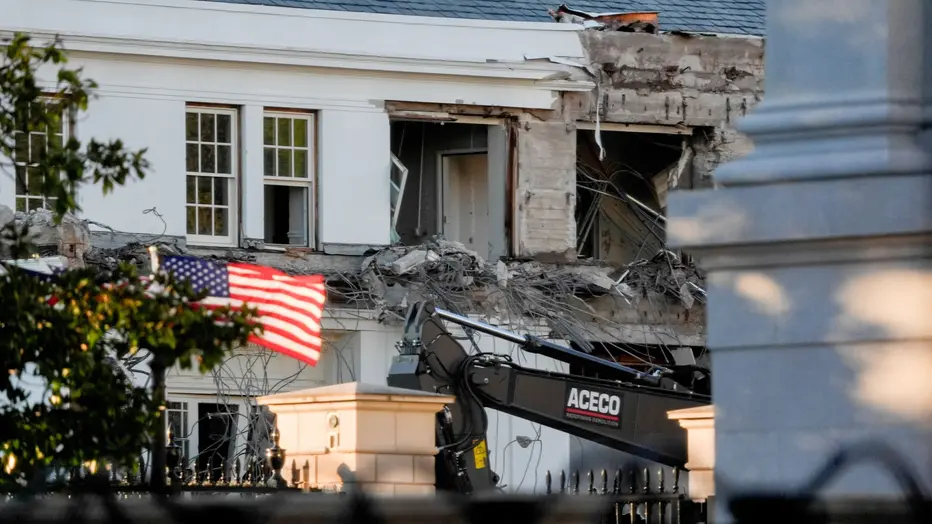Fully armored mine-resistant vehicles, grenade launchers, and high powered assault rifles are just a few of the items the U.S. military utilizes in the hostile environments where they’re stationed around the world. Apparent in its very name, military equipment is specially crafted for service members and their need to be prepared for both offensive and defensive combat. Military personnel receives extensive training for their tasks, which includes using the equipment they are provided.
If military equipment is specially designed and sold for military purposes, why are more and more police departments acquiring this gear?
As uncharacteristic as it seems, the federal government decided to try its hand at resourcefulness by repurposing old military gear. The “1033 program,” as it’s known, began in 1997 and allows for the transfer of military equipment from the federal government to domestic police departments. As of 2014, for example, Salt Lake County has received at least 634 assault rifles, 353 body armor pieces, and 2 grenade launchers. Various other law enforcement agencies in Utah have also received guns, mine-resistant vehicles and night vision goggles.
On the surface level, this may seem like a good idea. If the military no longer needs it, why not put it to good use? This equipment cost taxpayers millions of dollars, and the government hates wasteful spending! Right?
One major problem: law enforcement is not military. With few exceptions, most police officers simply have not undergone the military training required to use this equipment meant for national defense. There is no oversight for how these vehicles are acquired and used, for example; there is no legislative oversight or community approval required. This is concerning considering the intensity of the weapons and machinery involved, and the freedom with which a law enforcement agency can silently acquire such equipment.
Law enforcement officers have a difficult job that requires them to participate in dangerous situations. There is no doubt that higher quality military gear may appear useful to them with the myriad of situations they face—but how do we ensure they are held accountable and properly using what was designed for overseas combat?
Some states require police departments to obtain approval before they acquire any 1033 supplies. This provides a bit of public oversight to the program and requires the department to be transparent with its goals and challenges.
To gain such approval, law enforcement needs to justify its request giving a legitimate reason for why this equipment is needed. Both the public and the police benefit from this process because it requires an open discussion about community and policing issues. It gives the police more insight into the desires of the public and gives the public a chance to be involved in this process where their voice is heard and their concerns are responded to.
Some still argue that police should never have access to military equipment for fear of police militarization. Put an officer in a mine resistant ambush vehicle with camouflage gear and a mask over his face, and that officer is no longer a friendly neighborhood cop. In the eyes of the public, he might become more a soldier than a servant. For the officer, even a change of clothing can psychologically change the way one thinks and acts.
Community oversight provides a middle ground solution to resolve these concerns contrasted against the wants of a police department. By leaving the final acquisition decision up to elected officials, departments must justify their needs in a transparent way through a more objective body. This would provide a level of accountability for which military equipment might be necessary for the safety of our communities.




